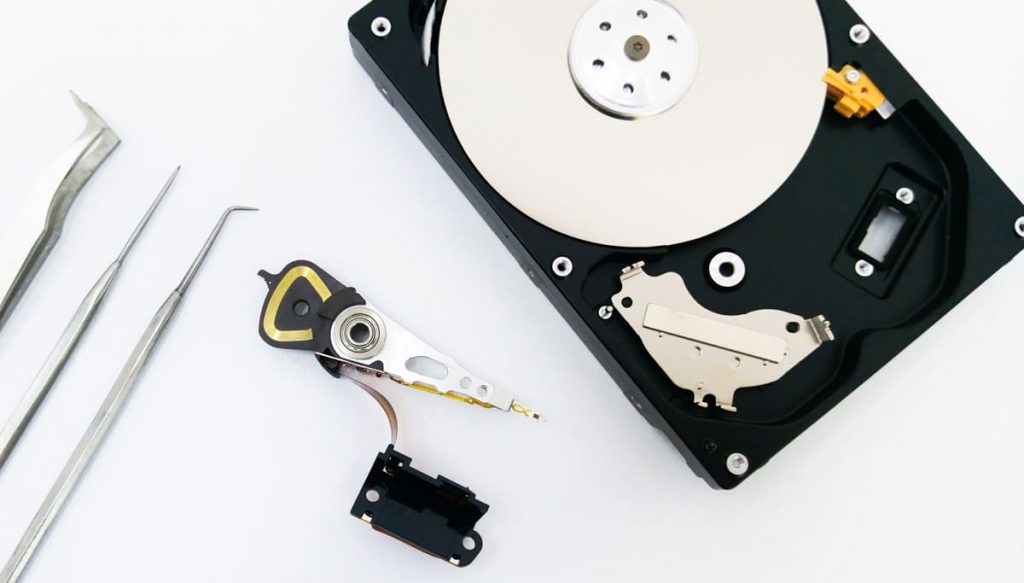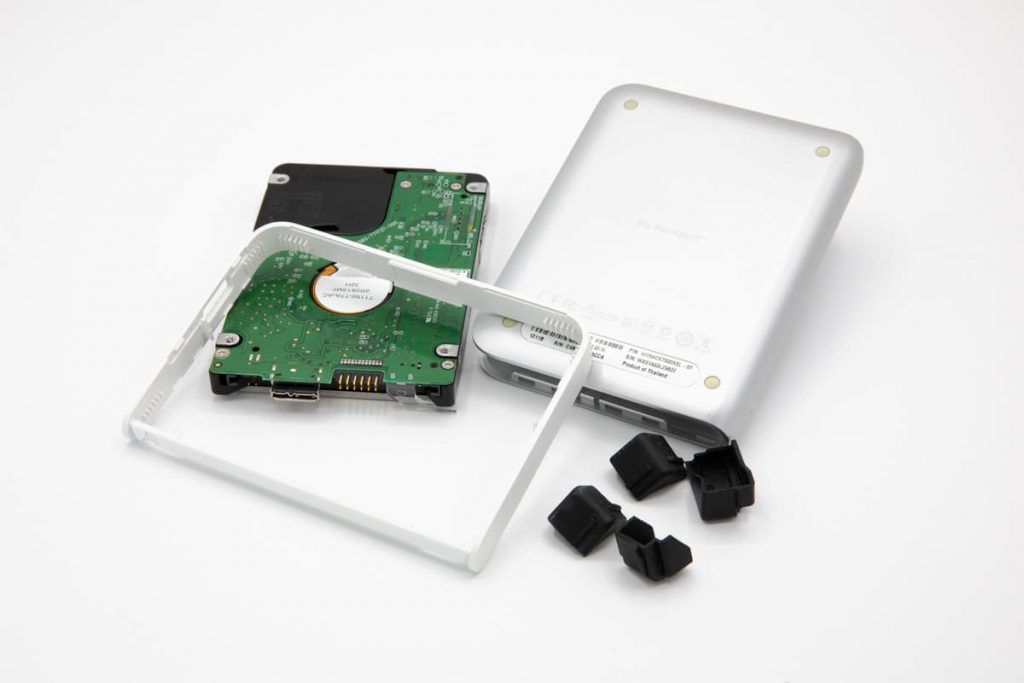In the information age, data has a huge influence on the life of businesses and individuals. When this data stops being accessible, it causes severe issues and consequences. One of the most common data loss scenarios is file corruption.
Common Reasons for File Corruption
Corruption of files can occur due to various reasons. Data corruption can be a direct indicator of problems with the hard drive. Bad physical sector error is one of the most common issues of your HDD. Nevertheless, data failure happens not only because of the issues in the computer.
How Do Files Become Corrupted?
Malware and Virus Infection
One of the reasons for file corruption is malware. The malicious files can be stored in your system and slowly infect all the other files. It is complicated to detect a virus, as it can remain hidden for a long time. Hence, it can be helpful to regularly look through your documents, looking for suspicious names or extensions.
Anti-malware programs can prevent malicious documents from spreading. So, performing a regular scan is necessary to avoid a file corruption problem.
Prevented Relocation
Another reason for file corruption is the interrupted relocation. It can be caused both by a power surge and by the user himself. Moreover, you can lose the files when preventing the relocation process midway.
Hence, transferring your files with the highest precision and attention is essential. If you want to stop the relocation process, use the Cancel button. This way, you will safely prevent the transfer without causing data corruption.
Improper External Media Removal
You should be very careful when using a flash drive or external hard drive on your computer. The extraction of this device has a significant role in the safety of your data.
If you unplug the device without safely ejecting it first, you can cause data corruption.
Moreover, if the process of transferring was held when the device was removed, you could face more severe problems.
Bad Sectors of Hard Drive
When a hard drive experiences physical damage, it results in bad sectors. There are various reasons that can cause it, including dropping, overheating, and power failure. New data will not be written on these sectors.
Nevertheless, the files that were stored on these parts of the disk will become corrupted. Hence, monitoring your hard drive's condition and preventing bad sectors from appearing is essential.
What to Do When Facing a File Corruption
Users can react differently when facing a file corruption problem on the data storage device. Some may delete the data and lose it for good. Others try to restore it by using file repair software. However, there are several actions you should go through not to make the situation worse.
The first step in such a situation is opening the file on the other computer. If it did not work, then it is better to entrust your case to specialists.
There are many data recovery programs on the Internet, but using them can be very risky. Downloading and installing unverified data recovery software on the corrupted device can only worsen the situation. You can overwrite corrupted files or insert viruses by using them on your computer.

If you suspect that the file corruption occurred due to a problem in your hard drive, do not try to repair it. Working on the device in unspecialized facilities will damage the hard drive and make all the files inaccessible.
Thus, we recommend entrusting your case to professionals with years of experience.
Our Corrupted File Recovery Services
PITS Global Data Recovery Services is a trustworthy provider of corrupted file recovery. Our company performs recovery of files regardless of the reason for corruption. With experienced specialists and advanced tools, we specialize in recovery from hard drives, RAIDs, flash drives, and other devices.
Benefits of Using Our Data Recovery Services:

If you’re facing a data loss situation, don’t hesitate to contact us. Our 24/7 data recovery services are available to you, 365 days a year. Let us help you recover your precious data today.

We start the recovery process with a risk-free evaluation. Our technicians estimate reasons for data loss and the level of damage. Based on it, we select the most suitable recovery strategy.

With years in the data recovery industry, our company supports the highest customer satisfaction rate. We do everything to provide a positive experience for our clients.

During our remote customer file verification session, you will thoroughly review all necessary documents and records to ensure accuracy and compliance.

We offer data recovery services from over 50 locations across the US. This means that no matter where you are located, you can access our services to recover the data.

With our certified data recovery services and 99% success rate, we are confident that we can recover your precious data and get you back up and running in no time.
PITS Global Data Recovery Services starts the data repair by performing an evaluation. This way, our technicians estimate the cause of file corruption and calculate the amount of damaged data. This way, we estimate the most suitable data recovery strategy and achieve the maximum result.
Start the recovery of your corrupt files with PITS Global Data Recovery Services. If you are facing data corruption on your device, contact us by filling out the Request Help form below or calling us.
Frequently Asked Questions
What are corrupted files?
Corrupted files refer to files that have been damaged or rendered unusable due to errors or faults in their data structure or content. These files may not open or function correctly, leading to loss of data or the inability to access the file’s content.
What are the common reasons for file corruption?
- Hardware or software issues: Problems with your computer’s hardware components, such as a failing hard drive, faulty RAM, or power surges, can lead to file corruption. Similarly, software glitches, bugs, or conflicts can also result in corrupted files.
- Improper system shutdown: Abruptly shutting down your computer without properly closing files or applications can cause data corruption. It is important to allow your system to complete the shutdown process to avoid such issues.
- Virus or malware infections: Viruses or malware can modify or delete file data, leading to corruption. It is crucial to have reliable antivirus software installed and regularly updated to protect against these threats.
- Bad sectors on storage devices: Physical damage or errors in the sectors of a hard drive or other storage devices can corrupt files stored in those sectors. This can occur due to aging, manufacturing defects, or improper handling of the storage device.
- File transfer errors: When transferring files between devices or over networks, errors during the transfer process can result in corrupted files. Network interruptions, faulty cables, or incompatible file formats can contribute to this problem.
How can I prevent file corruption?
While it is not always possible to completely eliminate the risk of file corruption, you can take some preventive measures, such as:
- Regularly backup your files: Create backups of important files and store them in a separate location or on a reliable cloud storage service. This way, if a file becomes corrupted, you can restore it from a backup copy.
- Use reliable hardware and software: Invest in quality hardware components and ensure that your software is up to date and obtained from trusted sources. Faulty or outdated hardware and software can increase the risk of file corruption.
- Safely shut down your system: Always follow proper shutdown procedures to allow your computer to close applications and save data correctly. Avoid abrupt power cuts or manual shutdowns whenever possible.
- Install and update antivirus software: Use reputable antivirus software to protect your system from virus and malware infections. Regularly update the software and perform scans to detect and remove any potential threats.
- Verify file transfers: When transferring files between devices or over networks, verify the integrity of the transferred files by comparing checksums or using file verification tools. This helps ensure that the files are transferred accurately without corruption.
Can corrupted files be repaired?
In some cases, it is possible to repair corrupted files using specialized software or methods. However, the success of file repair depends on the extent and nature of the corruption. It is always recommended to create backups and consult professional data recovery services if the files are critical and cannot be easily replaced.
How can I recover data from corrupted files?
Data recovery from corrupted files can be challenging, but there are data recovery tools and services available that can help retrieve data from damaged files. These tools use advanced techniques to recover data from different file formats. However, success rates may vary depending on the severity of the corruption.
